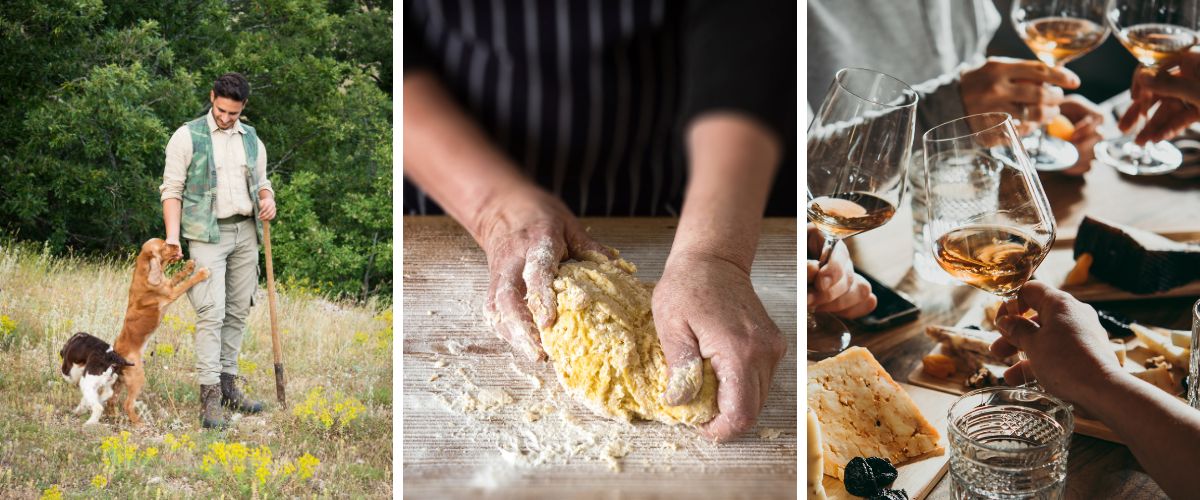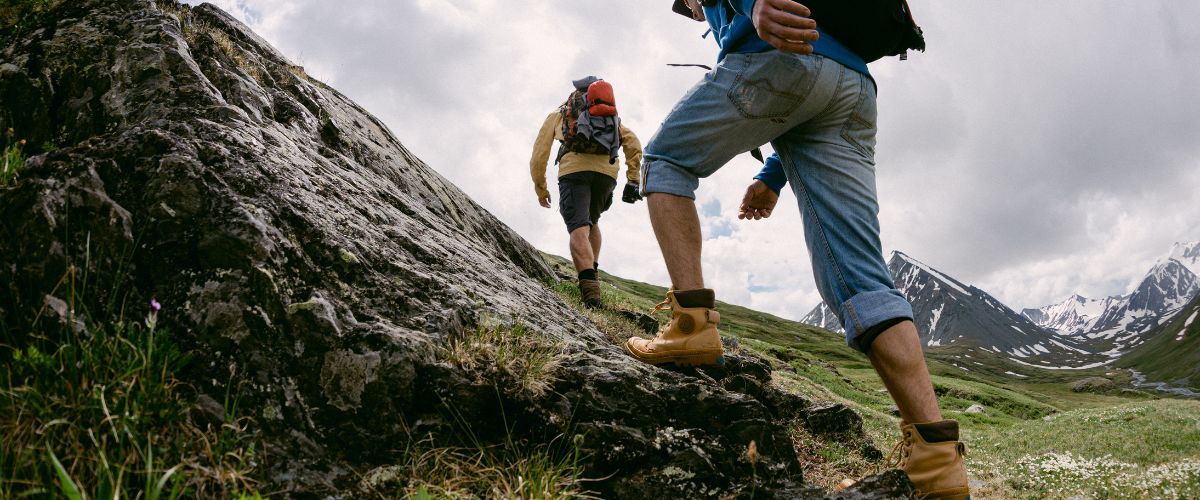Our Director & Trek Leader, Ray Baker, offers some advice on preparing for a challenging grade trek.
Let me define ‘challenging’– physically and mentally.
Physically: basically means that a person who is not fit enough to walk over five hours per day, up and down hills, sometimes at altitudes between 4,000m and 5,000m over a number of days would find a trek physically challenging.
Mentally: a person who has never done extended trekking, in remote areas, in a foreign country with different cultures and in the company of strangers, may find a trek mentally challenging.
Fitness is everything when trekking
Whether you’re doing the Kokoda Track, Everest Base Camp, Kilimanjaro or any challenging trek, fitness is everything. The fitter you are, the easier you’ll cope with possible setbacks like illness, injury and culture shock.
The fitter you are the more you’ll enjoy the trekking experience.
By now, if you’ve booked on a trek with Back Track Adventures, you should have received our Fitness Guide. Please read this thoroughly because it has lots of useful information. The opening paragraph says ‘First of all, you should always see your doctor before starting an exercise program. If you have any medical condition you should seek medical advice on your exercise limitations’.
Saturday morning training sessions
For most of us, the hardest aspect of getting fit is making a start. If you live in Brisbane or surrounds, you’re welcome to join me on my regular Saturday morning training sessions. The training is free of charge; the only proviso is you must be booked on a Back Track Adventures trek.
On your first training session with me, I’ll assess your fitness level and advise you of the level of training you need to do in order to best prepare for your trek.
A challenging grade trek generally has lots of ascents and descents. The Kokoda Track, in particular, has just over 7kms of ascents and just under 7kms of descents when walking in a North-South direction. The best form of training is to replicate what you’ll be doing on your trek and that’s walking up and down hill.
Hit those hills!
If you do regular fitness activities and lead an active lifestyle, you’ll find that your walking training is just another activity that you enjoy doing. If you’re time poor and find it difficult to fit hill training into your life, then consider temporarily dropping other fitness activities to free up time because hill training is by far your best preparation.
On your challenging trek, there are no gyms, swimming pools, bike paths or pilates classes, but there are lots of hills. Hill training also allows you to wear in your boots and familiarise yourself with your trek clothing and equipment.
Good hills to train on locally in South-East Queensland
In South-East Queensland, we’re blessed with an abundance of suitable training areas. In Brisbane, we have Mt Coot-tha (only 6kms from the CBD), Brisbane Forest Park and Mt Glorious. The Sunshine Coast has the Glasshouse Mountains and the Hinterland. The Gold Coast Hinterland has Springbrook, Binna Burra, Lamington and numerous other training areas. We can also venture further afield to Mt Barney, Mt Maroon and just over the border in Northern NSW we have Mt Warning.
Are you training outside of Queensland?
Back Track has trekkers from all over Australia, including areas where there’s not a hill in sight. All I can say to you is, do the best you can with what you have available to work with.
What you should be doing
Training on the flat is better than no training at all. If I lived in a flat area, my training would consist of a daily brisk walk for a minimum of half an hour, longer if time allowed.
On weekends or days off, I would drive to the nearest hilly area and walk up and down for a minimum of two hours, longer if time allowed. Closer to departure I would do a few five or six-hour training sessions.
Check out this short video on a walking technique to adopt for your trip!
What are you eating?
Besides physical training, give a thought to your nutrition. If you eat healthily, you’ll get fitter, faster. It’s counterproductive, after a tough training session, to dine on junk food and sugary drinks.
What is healthy eating? Put simply it’s this: eat real (not over-processed) food, mainly plant-based, and not too much of it.
Clothing and equipment
Clothing and equipment are an important part of your training, especially wearing your boots in.








